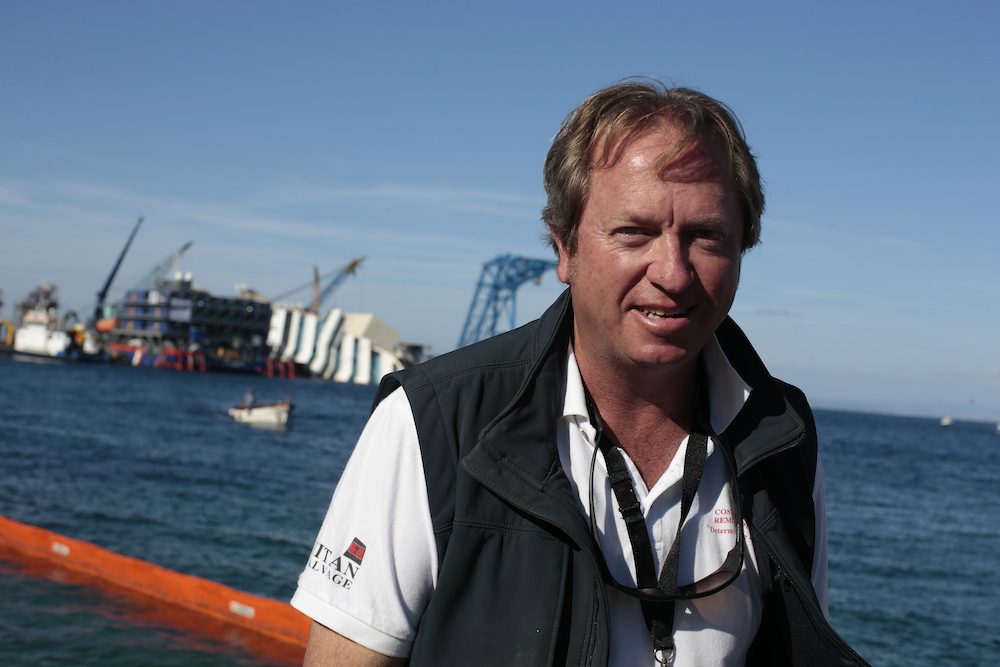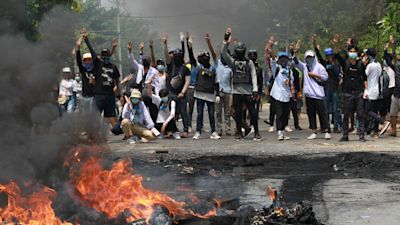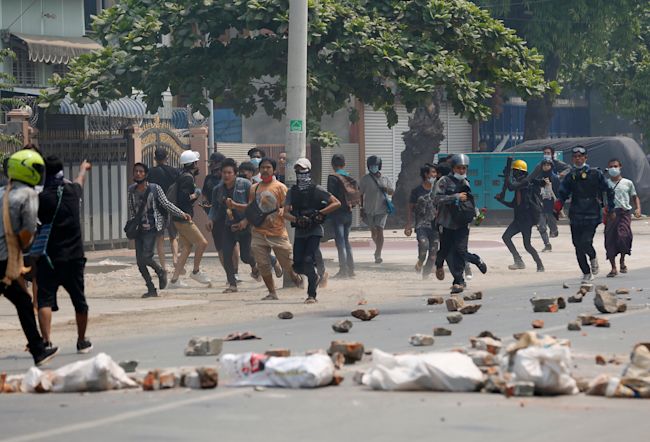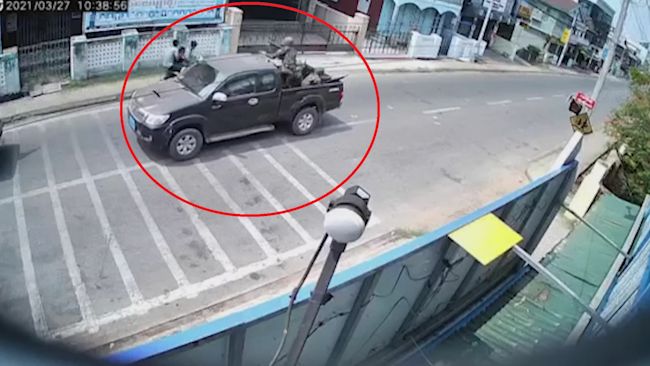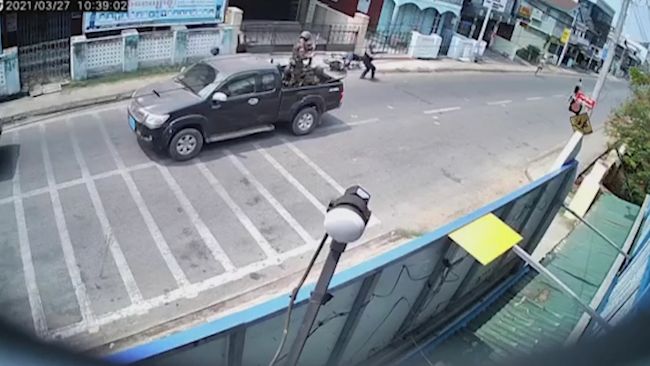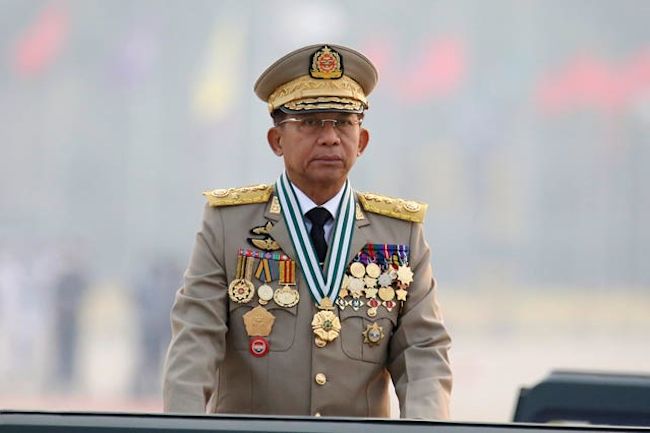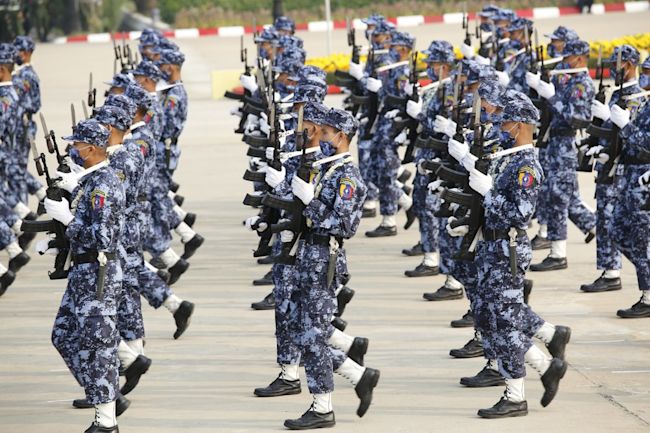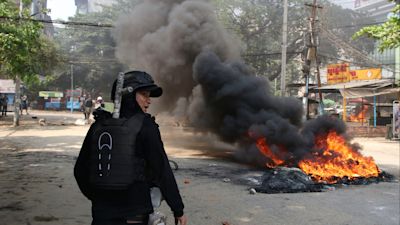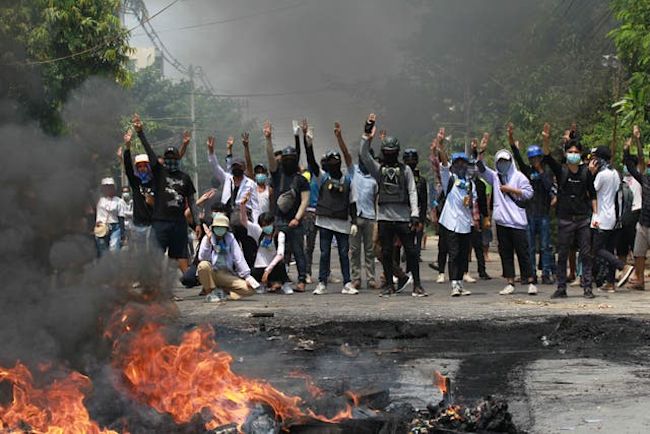Postmaster General Louis DeJoy shows usonce again why he’s got to go
His latest plan to “remake” the Postal Service would result in slower mail, service cuts and higher postage prices.
By CST Editorial Board Mar 28, 2021
/cdn.vox-cdn.com/uploads/chorus_image/image/69039881/1231360319.0.jpg)
It’s now been a month since President Joe Biden nominated three candidates to the Postal Service Board of Governors, the first step in dumping Postmaster General Louis DeJoy.
It’s unclear when the Senate will vote on those nominees, but the stakes get higher by the day. We saw that again this past week, when DeJoy outlined his 10-year plan to remake — read: finish destroying — the agency he began dismantling for political gain under the previous administration.
Several House Democrats on Friday introduced legislation to keep the worst of DeJoy’s plan in check, prohibiting him from lengthening mail delivery times. That’s not enough.
Biden’s nominees must be put in place so they can send DeJoy packing before DeJoy can cause even more damage. As Sen. Dick Durbin of Illinois bluntly said, DeJoy’s plan is “designed to sink the postal service, not save it.”
To save $160 billion over the next 10 years, DeJoy wants to further cut post office hours, lengthen delivery times, raise postage prices and impose other austerity measures.
So that mailbox down the block that was removed last year might never be replaced. For all DeJoy cares, it’s on you to get to the post office, during reduced hours, to mail your mortgage payment, business contract or birthday card. And take your chances that your mail arrives on time, since some 30% of items sent first-class would be delivered in four to five days instead of the current standard of two to three days.
Americans deserve better. DeJoy has done enough damage.
Last December, the rate of on-time delivery of non-local mail plummeted to 38%, down from 92% a year earlier. On-time delivery has since rebounded to about 80%, but that’s still below the USPS standard of 90%-plus.
Service has been especially poor in Chicago, as a USPS inspector general’s recent audit found. More than 62,000 letters and packages from four post offices were delivered late between September 2020 and February of this year.
Let’s not forget that DeJoy is also a near-perfect example of conflict of interest, having once owned a stake worth up to $75 million in a shipping firm that saw its contracts with USPS triple in size when DeJoy took over.
DeJoy doesn’t own those shares anymore. He signed them over to his adult children.
“Get used to me,” DeJoy told a House committee last month.
Whatever reforms USPS needs to become financially solvent and efficient, DeJoy cannot be trusted to make them.
Show him the door.
